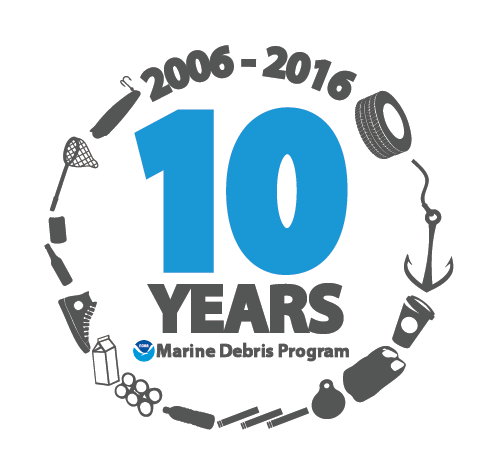 Over the years of the NOAA Marine Debris Program, there have been many efforts around the country to rid our waters and shores of marine debris. As part of our ten-year anniversary celebration, let’s take a look back at one of those efforts in our Southeast region.
Over the years of the NOAA Marine Debris Program, there have been many efforts around the country to rid our waters and shores of marine debris. As part of our ten-year anniversary celebration, let’s take a look back at one of those efforts in our Southeast region.
Derelict fishing gear can cause lots of problems, including damaging important and sensitive habitats, ghost fishing, and posing hazards to navigation. Unfortunately, derelict commercial lobster and crab traps are a prominent type of marine debris in the Florida Keys.
Back in 2007, the NOAA National Centers for Coastal Ocean Science’s (NCCOS) Center for Coastal Fisheries and Habitat Research (CCFHR), funded by the NOAA Marine Debris Program, partnered with the Florida Fish and Wildlife Conservation Commission to research this issue. Using towed-diver surveys, they identified and counted trap debris as well as any other marine debris they encountered in the Florida Keys National Marine Sanctuary.
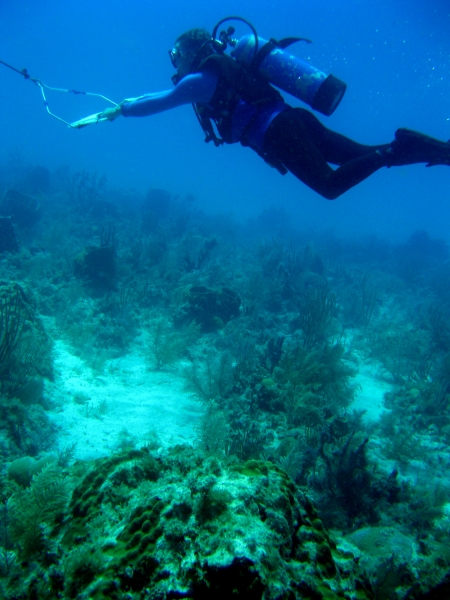
From these surveys, they found 1,408 marine debris items, almost 70 percent of which were trap-related debris! This included both ghost traps (which continue to actively fish, trapping and killing marine animals) and non-fishing traps in various stages of degradation. From their data, they estimated that over 85,000 ghost traps and over a million non-fishing traps could be found in the waters of the Florida Keys at that time. They also determined that winds likely play a role in moving derelict traps, since the surveyed trap debris was found in highest densities in coral reef habitats (a place not commonly targeted by fishermen).
Research like this is an important part in the fight against marine debris. This project helps us to understand where trap debris accumulates and thus allows us to more effectively focus removal efforts. For more information on this project, check out this old blog post, the scientific paper published from the study, and the Marine Debris Clearinghouse. For more on research projects supported by the NOAA Marine Debris Program, check out our website.

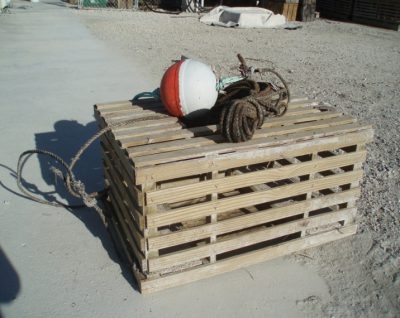
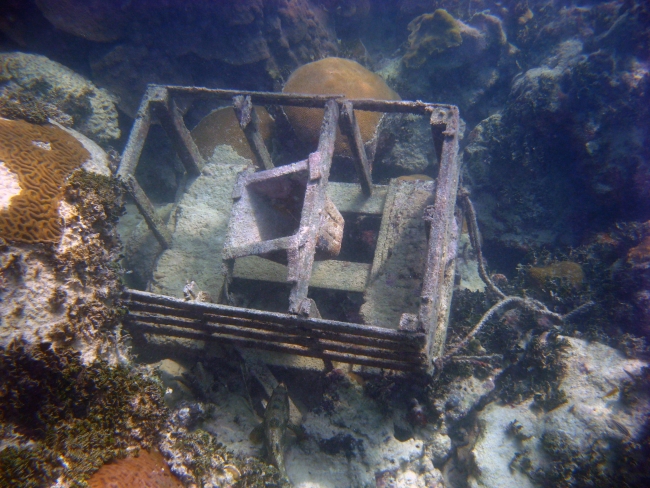
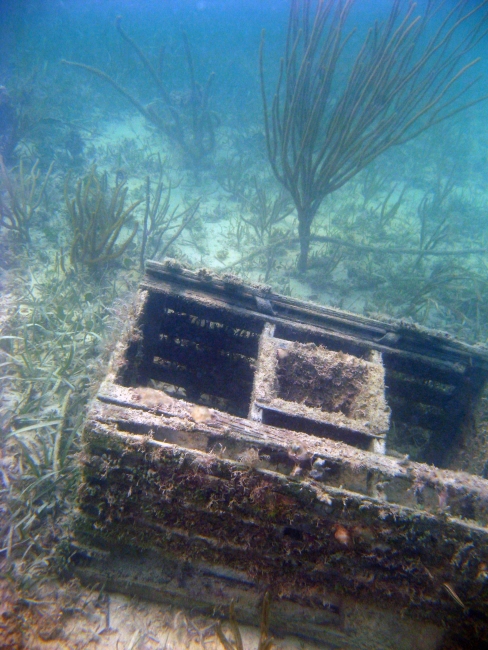
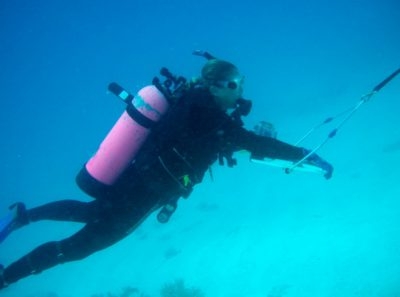
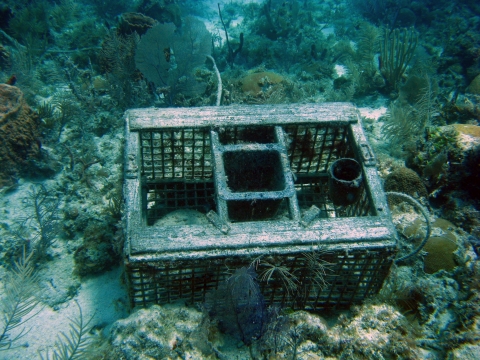
Currently engaged in assessment of derelict trap problem in southern coast of India